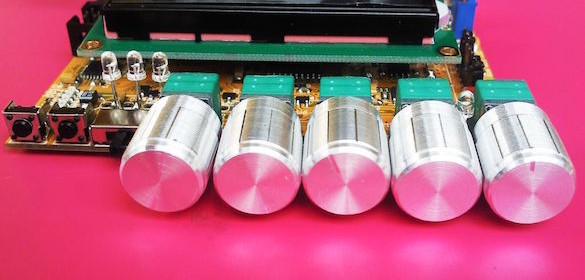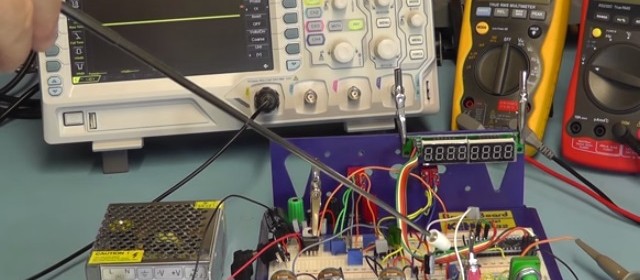A DIY mono class D amplifier

The PAM8610 is a 10W stereo Class-D audio amplifier chip available in a 40pin QFN 6mm*6mm package. The PAM8610 runs off a 7V to 15V supply at much higher efficiency than competitors’ ICs and requires a very few external components for operation. You can buy a PAM8610 amplifier breakout board for less than $2 on eBay and Aliexpress. This Instructables described how to use one of those amplifier modules along with a pack of rechargeable lithium battery to drive a 4″ speaker delivering ~15W of output power. The instructable describes also describes how to connect a charging circuitry for the lithium
Read more


